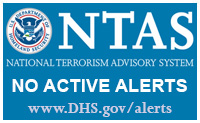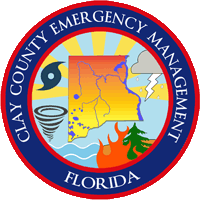We often consider preparing to deploy as EMCOMM radio operators. However, there are occasionally scenarios in which evacuation is necessary, not deployment. Hurricanes are the first events that come to mind, but HazMat incidents or even acts of terrorism may require evacuation. Hurricanes provide a relatively long lead time but a HazMat incident will not.
Hurricanes usually provide lead-time to prepare for evacuation. On the other hand, HazMat and terrorist attacks imply an immediacy for evacuation. Therefore, it is important to have an evacuation plan, including supplies necessary for the evacuation before one is called.
In addition to the radio “Go Kit”, we should also have important papers such as property deeds, vehicle titles, and insurance policies in a water resistant container ready to go immediately. Also have a store of cash in denominations of $20 and lower available. “Cash is King” in an emergency since the normal infrastructure such as communications and electricity can be disabled by the emergency. This may shut down all credit/debit card transactions. Many banks limit cash withdrawals under normal circumstances. Additional restrictions may be possible during a large scale event.
A good rule of thumb for vehicles is to never allow the gas tank to be below half full. During an disaster it may not be possible to obtain fuel for an evacuation. Also, should have non-perishable food (MREs, freeze dried, etc.) and water (1 gallon per person per day) available to be loaded into the evacuation vehicle when necessary.
Have a battery operated NOAA Weather Radio with Specific Area Message Encoding (SAME) and a battery operated AM/FM radio. Both are useful means to receive official bulletins. NOAA Weather Radio is most often used for weather information, but it is also considered “All Hazards Radio” since local, state and Federal emergency management authorities have plans to use NOAA Weather Radio for non-weather emergency broadcasts. The JAX NOAA radio frequency is 162.556MHz AM. Use the AM/FM battery powered radio to monitor local Emergency Alert System (EAS) broadcasts. In northeast Florida FM EAS stations are on frequencies 93.3 MHz, 97.9MHz, 99.1MHz, and 107.3MHz. The AM frequency is 930KHz.
Communications during the evacuation can be useful to local and state emergency management. If you have mobile HF capabilities (either receiver or transceiver), then monitoring the North Florida Section Traffic Nets can provide valuable information. The frequencies for these nets are 3.950MHz LSB and 7.254MHz LSB. Also, a small, inexpensive handheld VHF radio kept in the glovebox can go a long way in keeping current with changing conditions in an evacuation. We are radio operators, after all.
Here are some links for further information about evacuations.
http://www.ready.gov/build-a-kit
http://arcbrcr.org/
http://www.claycountygov.com/maps/EvacuationRoutes.pdf
http://floridadisaster.org/publicmapping/




